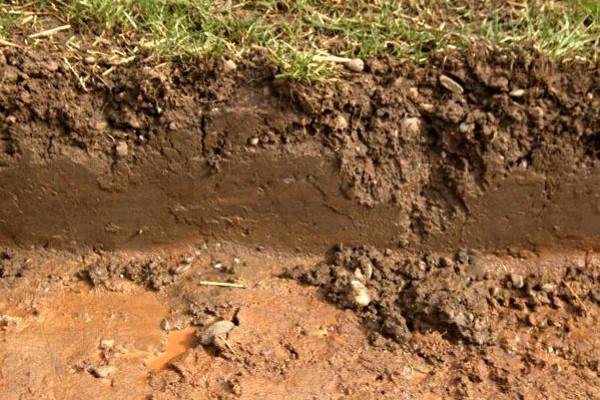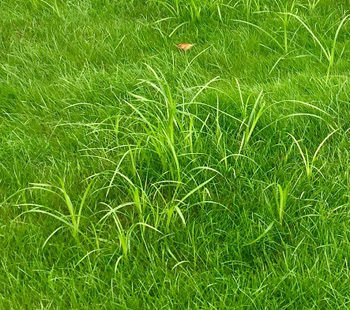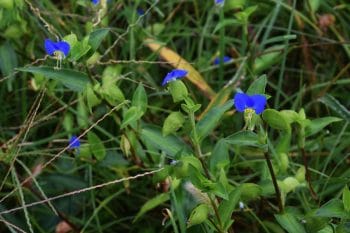Urban and forest soil types are different in many ways, namely due to the climate and surrounding vegetation. This is why you’ll notice certain plants and grasses thriving “in the wild,” and yet your best efforts to grown them in your own yard may fail miserably.
It’s not necessarily your fault! Even with the use of fertilizer and soil amendments, there are some primary difference between urban and forest soil that simply cannot be reconciled.
Best Soil Amendments for Lawns has additional information on effective amendments to make your yard’s soil more fertile.
In this article we’re going to explore the basics of soil itself, and examine the most critical differences between urban soil versus forest soil.
Soil Basics
Soil is the upper layer of earth in which plants grow. It consists of organic matter, rocks, and clay. Where the soil is located determines the amounts and quality of each.
Topsoil refers to the top 5-10 inches of soil, which is generally richer in nutrients. Subsoil is the layer beneath, just above the grounds, bedrock. It contains helpful nutrients as well, just not as densely as the topsoil.
Here in North Texas, you will commonly find large amounts of clay in both urban and forest soil. In Central Texas, there is generally an abundance of limestone. The nature of a region’s topsoil is directly influenced by the area’s geological makeup.
Forest soil will have far more organic material mixed in, due to the abundance of surrounding vegetation. This directly affects the pH balance and the amount of nutrients found in both the topsoil and the subsoil.
The type of soil plants are grown in is second only to water in limiting factors for good plant growth.
Urban Soil
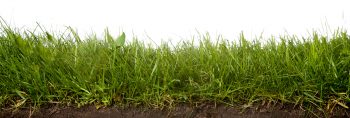 Urban soil is soil that is found in urban areas, as in those that are thoroughly populated by humans. It is a mixture of materials that differs from soil found in more agricultural or forest areas.
Urban soil is soil that is found in urban areas, as in those that are thoroughly populated by humans. It is a mixture of materials that differs from soil found in more agricultural or forest areas.
Urban soil is characterized by the influence of human activity. This includes construction, pollutants, and the importing and exporting of various goods.
Construction can lead to the erosion of topsoil, leaving poorer quality soil behind. It can also create a mixture of building materials in the soil, such as brick fragments and industrial chemicals.
Urban soil can be filled with contaminants. It can contain high levels of lead or other heavy metals that can make it unsafe.
Because of this, urban soil has an effect on human health, plants, organisms, and water infiltration. Any inorganic materials in the soil will wash out into the water supply, and be partially absorbed and metabolized in the plants.
Urban soil tends to have limited organic matter, due to direct and indirect human influence. As a result, additional nitrogen might be needed to promote healthy growth of grass and other vegetation.
Manure, slow-release fertilizers, or nitrogen-fixing complementary plants are some ways this might be achieved.
The soil in urban areas is also often more compact. Compact soil makes it harder for trees to grow and develop a deep root system. This can lead to the trees being less stable and not as healthy.
Drainage and aeration are also issues with compact soil, because its density can restrict water flow. This is also a barrier to root penetration.
When you consider these factors and how they influence the resiliency of plant life, it becomes easy to understand why many forms of vegetation need extra care in urban soil in order to thrive.
Forest Soil
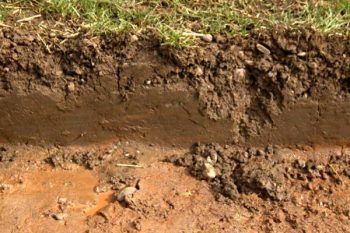 Forest soil is characterized by deeply rooted trees, significant layers of plant and organic material, and the recycling of that organic material and nutrients by a wide variety of soil-dwelling organisms.
Forest soil is characterized by deeply rooted trees, significant layers of plant and organic material, and the recycling of that organic material and nutrients by a wide variety of soil-dwelling organisms.
Forest soil is usually dark and full of organic material that can make it more fertile. It is generally formed under conditions that are not too wet or too dry.
Soil found in forest areas is often influenced by the forest vegetation, or what is growing around it. The climate, as well as other local organisms, also contribute to the makeup of the soil.
These components provide the physical support, nutrients, and moisture needed for optimal growth. Forest soil also stores elements that are later recycled back to the trees in the area.
Organisms like earthworms, as well as microorganisms in the soil, digest organic material left by plants and animals. In this process, they mix it with minerals in the soil, contributing to the soil’s structure and nutrient availability.
Due to the abundance of organic processes it contains, forest soil tends to hold more organic carbon than other soil types. This feature further assists in maintaining a robust growth environment.
Forest soil does not have the same compaction issues as urban soil. It tends to be less dense and more “fluffy,” allowing water and nutrients to penetrate the soil more easily. This feature allows for deeper root growth, resulting in more robust and resilient vegetation.
Final Thoughts
In review of the many differences between urban soil vs forest soil, it is easy to see why they provide vastly different growth environments. The differences between the types of soil greatly influence the quality of plants that can be grown.
If you want to successfully propagate plants or ground cover that tend to thrive in forest-type conditions, your best bet is to thoroughly research their recommended requirements. This includes sun exposure, irrigation, and a variety of nutrients and minerals that best suit a given plant or turfgrass to ensure that it thrives in urban soil.

